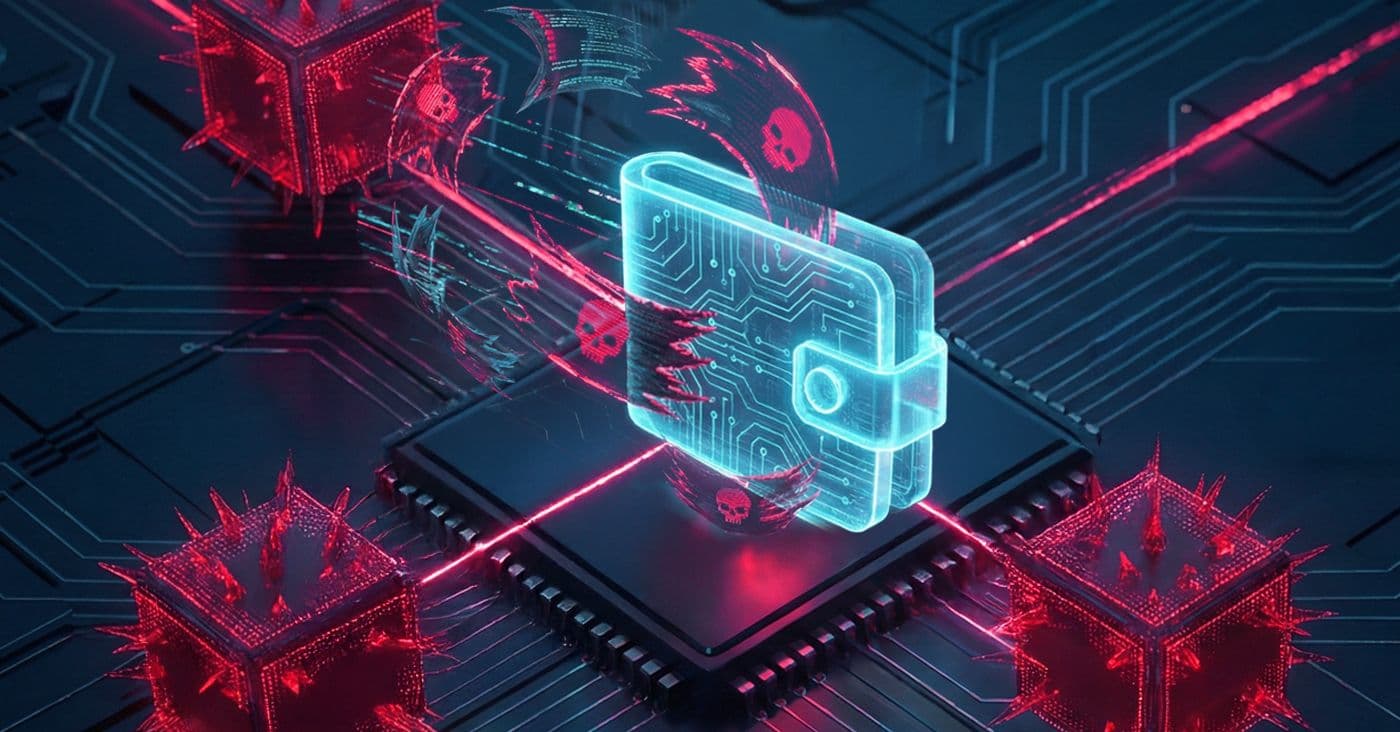
SF² aims to help you scale SecOps wisely
The Software Factory Security Framework eyes scaling SecOps as a resource problem — not just head count.
Zero-day attack — An exploit of a vulnerability in software, hardware, or applications immediately after the vulnerability becomes known to the attacker. This gives targeted organizations "zero days" to defend, with no time to develop and deploy patches or fixes. Since these vulnerabilities are undisclosed to vendors, no official patches or updates address them, providing attackers with a significant advantage.
Understanding the risks of zero-day attacks is crucial because they can cause significant damage before defenders are even aware of the exploited vulnerabilities. Because there are no available patches or fixes at the time of the attack, adversaries can infiltrate systems, steal sensitive information, disrupt services, and potentially execute remote code execution unobstructed.
A zero-day attack has five distinct stages: discovery of the vulnerability, development of the malicious payload, delivery, execution, and infiltration.
Vulnerability discovery: Attackers identify and exploit a previously unknown vulnerability in software, applications, or systems.
Malicious payload: Attackers design and insert malicious code to exploit the discovered vulnerability.
Delivery: An attack vector, often email attachments, compromised websites, or malicious links, is used to deliver the payload.
Execution: Once the payload reaches the target system, it is executed, enabling attackers to gain unauthorized access or control.
Infiltration: Adversaries establish a foothold within the compromised system, often extending their access to other network areas.
Organizations can mitigate the threat of zero-day attacks in several ways, including by installing regular software updates, segmenting networks, doing behavioral analysis, whitelisting applications, and training users.
Regular software updates: Applying software updates and patches helps reduce the potential attack surface by eliminating known vulnerabilities.
Network segmentation: Isolating critical systems from less secure parts of the network limits the lateral movement of attackers.
Behavioral analysis: Deploying solutions that monitor for unusual behaviors or patterns can detect zero-day attacks in progress.
Application whitelisting: Allowing only approved applications to run mitigates the risk of malicious code execution.
User training: Educating users about safe online practices, how to recognize phishing attempts, and the importance of avoiding suspicious downloads is vital.
Handling a zero-day incident involves several steps: detection and analysis, containment, eradication, recovery, and post-mortem.
Detection and analysis: Detecting zero-day attacks demands advanced threat detection tools and a deep dive into analysis. Zero-day attacks exploit previously unknown vulnerabilities, so traditional signature-based methods may not suffice. Instead, sophisticated anomaly detection and behavior analysis techniques are necessary to identify abnormal patterns or activities within the network. Thorough analysis helps pinpoint the attack vectors and compromised assets, enabling security teams to understand the scope and nature of a breach.
Containment: Swift containment is critical once a zero-day attack is detected. Rapidly isolating compromised systems prevents the attack from proliferating within the network further. Organizations can confine the damage and minimize potential data breaches or further compromise by cutting off the attacker's pathways and limiting lateral movement.
Eradication: Removing the attacker's foothold within the network is of paramount importance. This involves identifying and eliminating malicious code, backdoors, and any traces the attacker leaves. Closing the exploited vulnerability is equally vital to prevent future attacks. While eradication might be challenging, it is necessary to ensure that the adversary no longer has access to critical systems or sensitive information.
Recovery: The road to restoring normal operations involves rebuilding affected systems using known-clean backups. Ensuring that the restored systems are free from any lingering threats or vulnerabilities is essential. The recovery process should prioritize restoring normal operations while maintaining rigorous security checks to prevent reinfection.
Post-mortem: After an incident, the organization should focus on learning from the experience. A thorough post-mortem analysis helps uncover vulnerabilities in incident response plans and procedures. This analysis aids in refining incident response processes, improving threat detection capabilities, and enhancing overall cyber defenses. Organizations bolster their resilience against future zero-day threats by learning from every attack.
Zero-day attacks represent a formidable challenge for cybersecurity professionals. A proactive stance, vigilant monitoring, prompt patching, and a robust incident response plan are essential to mitigate the risks posed by these attacks. By understanding the anatomy of zero-day attacks, implementing effective defense strategies, and responding swiftly when such attacks occur, organizations can better avoid future zero-day attacks and meet those that get through with greater resilience and a heightened ability to safeguard their digital assets.
For further insights into zero-day attacks and their implications, explore the following articles:

The Software Factory Security Framework eyes scaling SecOps as a resource problem — not just head count.

Highlighting an alarming trend, RL has discovered malicious packages targeting crypto wallets and OAuth tokens to steal funds.

As attacks become AI-optimized and internal AI use rises, enterprises need to modernize their file security strategy.